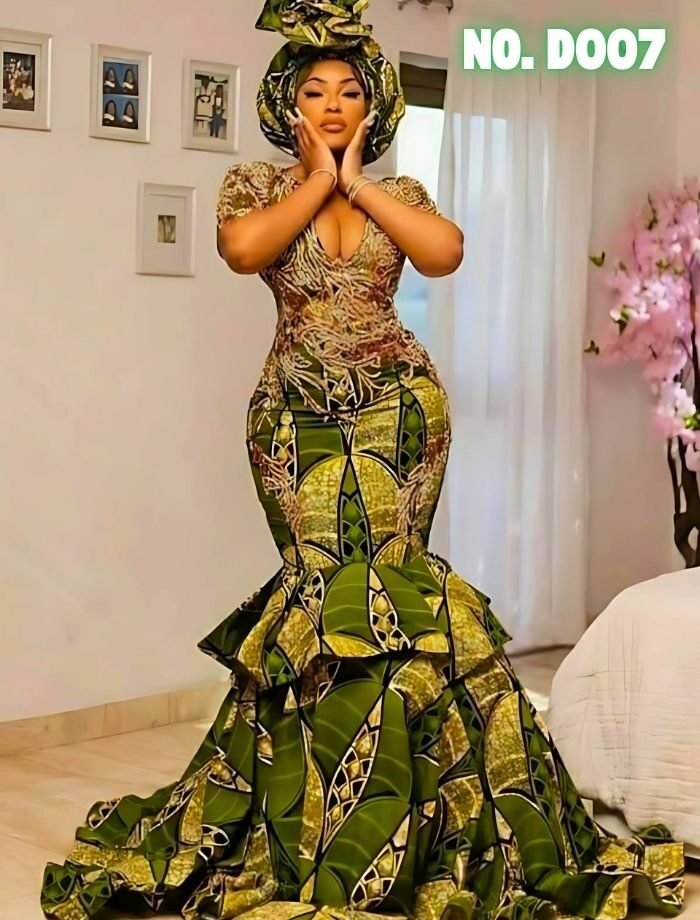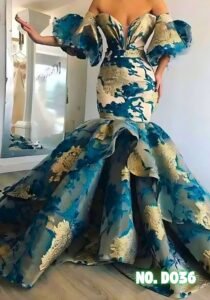The Role of Fashion in African Festivals
Fashion plays a central role in African festivals, serving as a powerful medium of cultural expression, unity, and creativity. Across the continent, vibrant colors, intricate patterns, and traditional designs showcase Africa’s diverse heritage. African festival fashion is more than just clothing—it represents identity, history, and celebration. In this blog post, we’ll explore the essential role fashion plays in African festivals and how it contributes to their cultural significance.
1. Fashion as a Cultural Identifier
At the heart of African festival fashion is cultural identity. Traditional attire worn during festivals often reflects the heritage of specific communities. For example, the Kente cloth from Ghana, known for its vibrant colors and symbolic patterns, represents royalty and status. In Nigeria, the Yoruba people wear Aso Ebi to signify family ties and unity during celebrations. These outfits not only preserve cultural narratives but also distinguish various ethnic groups.
2. Symbolism and Meaning in Festival Fashion
Each element of African festival fashion carries deep symbolism. Colors, patterns, and designs convey specific messages. Red may symbolize sacrifice, green represents growth, and gold signifies wealth. During festivals like the Oguaa Fetu Afahye in Ghana or the Durbar festival in Nigeria, these symbolic outfits become essential in communicating cultural stories. The thoughtful design of these garments adds layers of meaning to the festivities.
3. Fashion Promoting Unity and Social Bonds
One of the most striking aspects of African festival fashion is its role in promoting unity. Festivals often feature matching outfits among family members or community groups, known as Aso Ebi. Wearing similar attire fosters a sense of belonging and shared identity. Fashion in this context is a symbol of togetherness, emphasizing the importance of community in African cultures.
4. Modern Influences on African Festival Fashion
While traditional outfits dominate, contemporary influences are shaping African festival fashion. Designers are blending modern styles with traditional elements, resulting in stunning fusion outfits. For example, pairing a Western-style blazer with African print pants creates a unique look that bridges the gap between tradition and modernity. This blend reflects the dynamic nature of African cultures, adapting to changing times while honoring heritage.
5. Fashion as a Form of Artistic Expression
African festivals are incomplete without fashion that doubles as art. Elaborate headpieces, intricately designed gowns, and bold accessories showcase the creativity of African designers and artisans. Festivals like Lake of Stars in Malawi highlight fashion shows where designers present innovative interpretations of traditional attire. African festival fashion becomes a platform for showcasing talent and artistry.
Conclusion
African festival fashion is an essential part of celebrations across the continent. It reflects cultural heritage, promotes unity, and showcases artistic expression. From traditional attires rich in symbolism to contemporary fusion outfits, fashion brings festivals to life. Embracing this fashion not only honors Africa’s diverse cultures but also connects communities through shared traditions.


